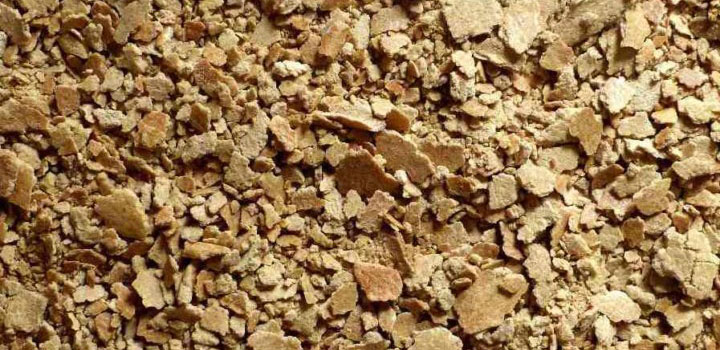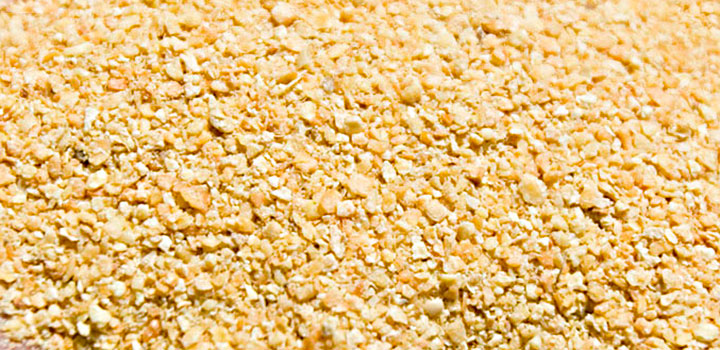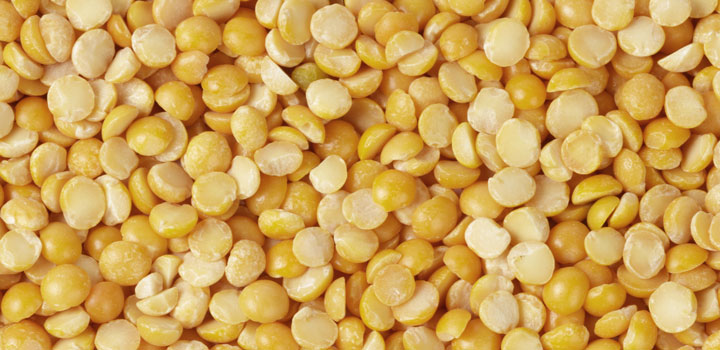Soybean Expeller
Characteristics
It is a product obtained by a mechanical process of pressing the grain. Its physical form (presentation) is large particles of variable size and shape.
Depending on the intensity of the process to extract oil, they can contain between 6% ethereal extract and 18% when it contains all the oil accompanied by the protein.
Nutritional contributions
Crude protein: 42%
Fat matter: 10.7%

Nutritional information
Per 100 g
Determination | Wet | Dry | Method |
Humidity | 8,18% | NIRS | |
Dry matter | 91,82% | Calculated | |
Protein | 42,48% | 46,26% | NIRS |
Fat | 6,7% | 7,30% | NIRS |
Crude fiber | 6,32% | 6,88% | NIRS |
Ashes | 6,07% | 6,61% | NIRS |
Urease act. (UpH) | 0,02% | 0,02% | IRAM 5608 |
Hi-Pro Soybean Meal
Characteristics
Hi-Pro soybean meal is a solid, roasted and desolventized product, resulting from the industrial extraction of oil from shelled soybeans, suitable for preparing balanced meals.
Its granulometry is regulated by means of grinding.

Nutritional contributions
Crude protein: 46%
Fat matter: 2.50 %
Crude fiber: 3.50%
Split Soybean
Characteristics
Soybean or soya bean (Glycine max) is an oilseed that is widely used in animal nutrition for its nutritional properties.
This raw material can have about 40% crude protein, 20% fat and 5% fiber.
It can be used in animal nutrition in two ways: as whole seed (unprocessed) or as soybean meal (a by-product obtained after extracting the oil from the seed).
At a nutritional level, both forms provide a sufficient amount of nutrients, which is why one or the other is chosen depending on economic capacity.

Soybeans as a source of vegetable protein. Soybeans can be used and prepared in different ways: As a legume, in sprouted beansprouts, in tofu (tofu), tempeh (fermented soybeans), soy milk, soybean paste or miso, soy sauce, and tamari sauce. , whole soy flour.